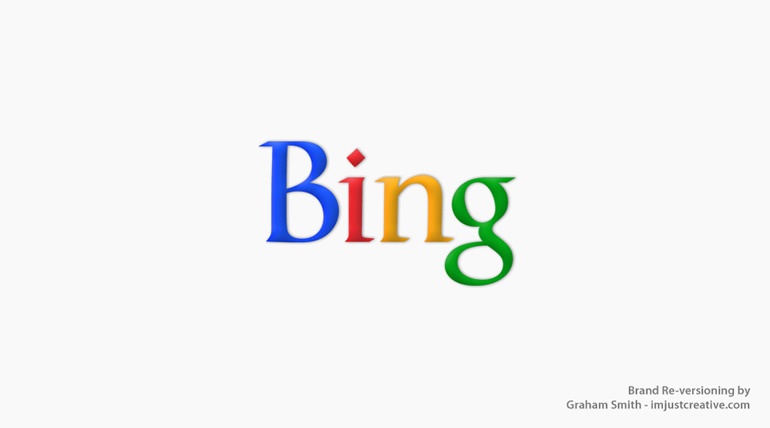It was only last week that Window's SEO maestro, turned Bing webmaster expert, Duane Forrester featured on SEOMoz's whiteboard Friday session with Rand Fishkin speaking about all of the latest developments to Bing's Webmaster Toolbox as well as giving all of his insider advice on best practices for webmasters. Among the main points Forrester made was a key point about XML sitemaps and how webmasters should use them.
Among the features of the Bing Toolbox, as well as Google's Webmaster Tools is the option to submit a sitemap for your website, and when talking about Bing's submit area, Duane mentions that Bing has "a very tight threshold on how clean your sitemap needs to be". When we speak about a clean sitemap, we are referring to the HTTP status codes, the clean status code is 200, which is the end state URL, or an actual working web page. Other status codes could be 301, which is a permanent re-direct page, or 404 which is an error page.
Perhaps the most important clue that Forrester gives us on the importance of a 'clean' sitemap comes when he says "this has a big impact on how Bing views your website". This means that having a good quality sitemap becomes less of a luxury and more of a necessity.
So, with this in mind, I thought it worth putting together a dummy's guide to creating a simple, and clean XML sitemap file for your website that you can upload to the search engines of your choice.
Creating an XML Sitemap
The first point to make here is that you should avoid searching online for an XML sitemap generator and using this to do the job for you. We have all done it, it is fast, often effective and gets the job done, but let's not forget, the name of the game now is quality, and so if you want a quality sitemap you are just going to have to power through it and write it yourself.
I would start your sitemap by acutally checking your site and seeing which pages are well optimised and well put together and create a note of the best pages on your site. Actively ignore temporary pages, re-directed pages, filler pages and any other page which serves no obvious function that the search engine or user would be interested in. Straight away you should have trimmed away some of the fat and you should be concentrating on only the 'proper' pages of your website and certainly no re-directed URLs.
Now that you have the pages to submit to the search engines in mind, it is time to actually write your XML sitemap file. First off, don't fear the letters XML, it is a simple markup language, not dissimilar to HTML and requires little prior knowledge to make use of.
The XML Sitemap File
Browse to the root folder of your website and create a new file entitled 'sitemap.xml'. You can create the file using a simple text editor, so Notepad on Windows will work, or TextEdit on Mac is fine. Once this is done, you will need to insert the following snippet of code at the top of the new page:
<?xml version="1.0" encoding="UTF-8"?>
<urlset xmlns="http://www.sitemaps.org/schemas/sitemap/0.9">
Now you have created the page it is time to start inserting the links that lead the search engine through your website. To create an entry for a page you will need to follow the format outlined below:
<url>
<loc>http://www.website.com/</loc>
</url>
<url>
<loc>http://www.website.com/page-2</loc>
</url>
Notice here that there are two tags being using; one is the 'url' tag, which is wrapped around the outside of the 'loc' tag. These are simple tags which are used by the search engine to determine where each URL is. Simply write every single page you want to list in this format. Make sure you open and close tags properly (so, <url> is open and </url> is close).
Once you have finished adding every page to the list you must close off the end of the XML file with the following tag:
</urlset>
Submitting to Bing and Google
Now that you have your sitemap, you should make sure that it is sitting in place in the root folder of your site, you should be able to find it when you go to yourwebsite.com/sitemap.xml. With this in place, you can go to Bing Webmaster Toolbox and Google Webmaster tools where you can submit your sitemap. A simple process that can have some great results, and the search engines will love how clean your sitemap is!
You can watch Rand Fishkin's interview with Duanne Forrester in the video below, definately worth a watch and some exciting developments from Bing as well!





